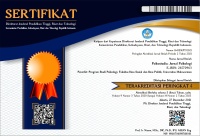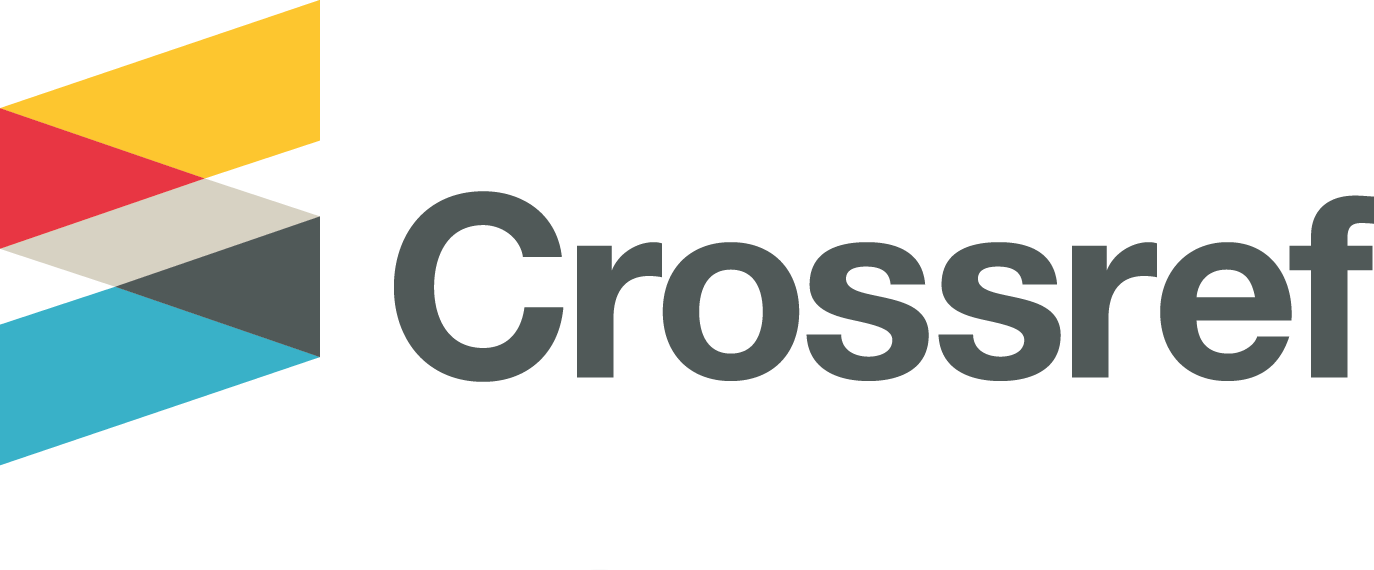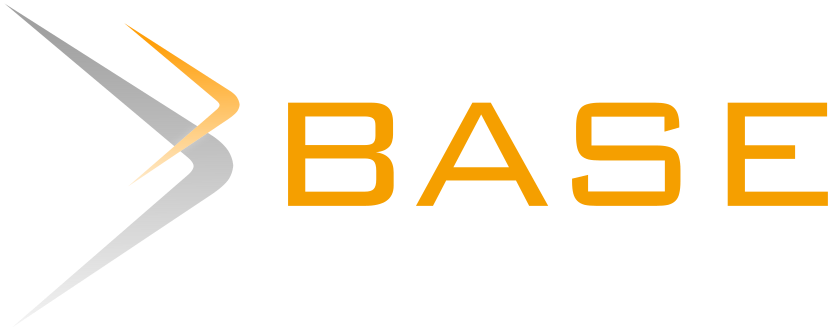Job Boredom and Cyberloafing Behavior: The Dynamics of Generation Z in the Digital Workplace
Abstract
Job boredom is one of the negative psychological conditions that can result from monotonous and less challenging work, especially among Gen Z. The purpose of this study is to determine the correlation between job boredom and cyberloafing behavior among Gen Z employees. This research uses a quantitative approach with a correlational analysis method. The subjects of this study were 101 Gen Z employees with 29 males and 72 females selected using purposive sampling technique. Data collection was conducted using a questionnaire consisting of Work Boredom Scale (Eid, 2018) and Employee's Workplace Cyberloafing Scale (EWCS) (Nurtjahjanti et al., 2024). Data analysis was performed using Spearman's Rho correlation using SPSS 26 software. The results showed a positive relationship between work boredom and cyberloafing behavior with a value of ρ = 0,252 and p = 0,011, R2 of 0,085 which indicates that the work boredom variable has a contribution of 8.5% to the cyberloafing behavior variable. The need for companies or organizations to reduce work boredom by increasing job variety, job identity clarity, job meaningfulness, autonomy, and also by providing constructive feedback.
Kebosanan kerja merupakan salah satu kondisi psikologis negatif yang dapat muncul akibat pekerjaan yang monoton dan kurang menantang, terutama pada generasi Z. Penelitian ini bertujuan untuk mengetahui korelasi kebosanan kerja terhadap perilaku cyberloafing pada karyawan Gen Z. Penelitian ini menggunakan pendekatan kuantitatif dengan metode analisis korelasional. Subjek penelitian ini adalah 101 karyawan Gen Z dengan 29 laki-laki dan 72 perempuan yang dipilih menggunakan teknik purposive sampling. Pengumpulan data dilakukan dengan menggunakan kuesioner yang terdiri dari Skala Kebosanan Kerja (Eid, 2018) dan Employee’s Workplace Cyberloafing Scale (EWCS) (Nurtjahjanti et al., 2024). Analisis data menggunakan korelasi Spearman’s Rho dengan bantuan software SPSS 26. Hasil penelitian menunjukkan adanya hubungan positif antara kebosanan kerja dengan perilaku cyberloafing dengan nilai ρ = 0,252 dan p = 0,011, R2 sebesar 0,085 yang menunjukkan bahwa variabel kebosanan kerja memiliki kontribusi 8,5% terhadap variabel perilaku cyberloafing. Perlunya perusahaan atau organisasi untuk mengurangi kebosanan kerja melalui peningkatan variasi pekerjaan, kejelasan identitas pekerjaan, kebermaknaan pekerjaan, otonomi, dan juga pemberian umpan balik yang konstruktif.
Keywords
Full Text:
FULL TEXTReferences
Agustina, R., Nur’aini, S., Nazla, L., Hanapiah, S., & Marlina, L. (2023). Era Digital: Tantangan Dan Peluang Dalam Dunia Kerja. Journal of Economics and Business, 1(1), 1–8. https://doi.org/10.61994/econis.v1i1.138
Akbar, M. F., & Afifah, S. (2023). Media Sosial dan Bedtime Procrastination pada Siswa. Jurnal Psikologi, 12(3), 309–315.
Ayuningtyas, R., & Fransiska, R. (2022). Pengaruh Kebosanan Kerja Terhadap Perilaku Cyberloafing dengan Stres Kerja Sebagai Variabel Mediasi pada Karyawan Generasi Milenial. Journal of Economic, Business and Accounting (COSTING), 6(1), 895–910.
Azizah, S. N., & Setyawati, H. A. (2019). Cyberloafing Sebagai Strategi Mengatasi Kebosanan Kerja. Fokus Bisnis: Media Pengkajian Manajemen Dan Akuntansi, 18(1), 1–7.
Azwar, S. (2012). Penyusunan skala psikologi (Edisi II). Pustaka Belajar.
Basra, A. (2020). Profile of Generation Z and Work Engagement Levels of Generation Z and Generation Y in Auckland [Unitec Institute of Technology]. https://hdl.handle.net/10652/4932
Blanchard, A. L., & Henle, C. (2008). Correlates of Different Forms of Cyberloafing: The Role of Norms and External Locus of Control. Computers in Human Behavior, 24(3), 1067–1084. https://doi.org/10.1016/j.chb.2007.03.008
Brown, A. (2020). Everything You’ve Wanted To Know About Gen Z But Were Afraid To Ask. Forbes. https://www.forbes.com/sites/abrambrown/2020/09/23/everything-youve-wanted-to-know-about-gen-z-but-were-afraid-to-ask/
Eid, M. (2018). Predictors of Job Boredom. University of Central Florida.
Garvin, G. (2019). Hubungan ntara Kesepian dengan Problematic Internet Use pada Remaja. Psikostudia: Jurnal Psikologi, 8(1), 15–19.
Ginting, S. B. A., & Yuniasanti, R. (2025). Hubungan antara Regulasi Diri dengan Perilaku Cyberloafing pada Karyawan Generasi Z. Jurnal Integrasi Riset Psikologi, 3(1), 21–30.
Husna, F. H., Silviandari, I. A., & Susilawati, I. R. (2020). Kebosanan Kerja sebagai Prediktor Perilaku Cyberloafing pada Karyawan. Jurnal Studia Insania, 8(1), 43–59.
Kim, W., Ahn, S., Nguyen, A. D., Kim, J., Kim, J., Oh, H., & Lee, S. (2020). Modern trends on quality of experience assessment and future work. APSIPA Transactions on Signal and Information Processing, 8.
Liberman, B., Seidman, G., McKenna, K. Y., & Buffardi, L. E. (2011). Employee Job Attitudes and Organizational Characteristics as Predictors of Cyberloafing. Computers in Human Behavior, 27(6), 2192–2199.
Lim, V. K. G., & Chen, D. J. . (2009). Impact of Cyberloafing on Affect, Work Depletion, Facilitation and Engagement. 41st Annual Conference of International Society of Paediatric Oncology SIOP 2009, 1–20.
Mael, F., & Jex, S. (2015). Workplace Boredom: An Integrative Model of Traditional and Contemporary Approaches. Group & Organization Management, 40(2), 131–159. https://doi.org/10.1177/1059601115575148
Nurtjahjanti, H., Hidayat, R., & Indrayanti, I. (2024). Development and Psychometric Evaluation of the Employee’s Workplace Cyberloafing Scale. Heliyon, 10(20), 1–13.
Pindek, S., Krajcevska, A., & Spector, P. E. (2018). Cyberloafing As A Coping Mechanism: Dealing With Workplace Boredom. Computers in Human Behavior, 86, 147–152. https://doi.org/10.1016/j.chb.2018.04.040
Podungge, L., Djafri, N., Zulystiawati, & Suking, A. (2024). Kepemimpinan dan Motivasi Bawahan Menghadapi Kelelahan dan Kebosanan Kerja di Kantor Desa Tolango. Normalita (Jurnal Pendidikan), 12(3), 198–204.
Putro, T. A. D., Ajeng, N., & Qomariyah, O. (2020). Stres Kerja, Keterlibatan Kerja dan Intensi Turnover pada Generasi Milenial. Psikostudia: Jurnal Psikologi, 9(2), 154–163.
Reijseger, G., Schaufeli, W. B., Peeters, M. C., Taris, T. W., Van Beek, I., & Ouweneel, E. (2013). Watching the Paint Dry at Work: Psychometric Examination of the Dutch Boredom Scale. Anxiety, Stress & Coping, 26(5), 508–525. https://doi.org/10.1080/10615806.2012.720676
Setiawan, W. (2017). Era Digital dan Tantangannya. Seminar Nasional Pendidikan 2017.
Simanjuntak, E., Apsari, Y., & Engry, A. (2022). “Positive Learning Attitude” Training to Improve Vocational High School Students’ Understanding of Academic Cyberslacking. Psikostudia: Jurnal Psikologi, 11(3), 393–405. https://doi.org/10.30872/psikostudia.v11i3.7874
Spector, P. E., & Fox, S. (2010). Counterproductive Work Behavior and Organisational Citizenship Behavior: Are they Opposite Forms of Active Behavior. Applied Psychology, 59(1), 21–39. https://doi.org/10.1111/j.1464-0597.2009.00414.x
Sugiyono. (2019). Metode Penelitian Pendidikan Pendekatan Kuantitatif, Kualitatif dan R&D. Alfabeta.
Van Hooff, M. L., & Van Hooft, E. A. (2017). Boredom at Work: Towards a Dynamic Spillover Model of Need Satisfaction, Work Motivation, and Work-related Boredom. European Journal of Work and Organizational Psychology, 26(1), 133–148.
DOI: http://dx.doi.org/10.30872/psikostudia.v14i4.21028
Refbacks
- There are currently no refbacks.
Copyright (c) 2025 Fatimah Zahro, Dewi Soerna Anggraeni, Reny Yuniasanti

This work is licensed under a Creative Commons Attribution-ShareAlike 4.0 International License.
Psikostudia: Jurnal Psikologi is indexed by :
PSIKOSTUDIA: Jurnal Psikologi Published by Faculty of Social and Political Siences, University of Mulawarman, Samarinda, East Kalimantan and This work is licensed under a Creative Commons Attribution-ShareAlike 4.0 International License.
_________________________________________
PSIKOSTUDIA: Jurnal Psikologi
Department of Psychology
Faculty of Social and Political Siences, University of Mulawarman
Jl. Muara Muntai Kampus Gn. Kelua Samarinda 75411
Phone: +62 813 35350368
E-Mail: psikostudia@fisip.unmul.ac.id




















